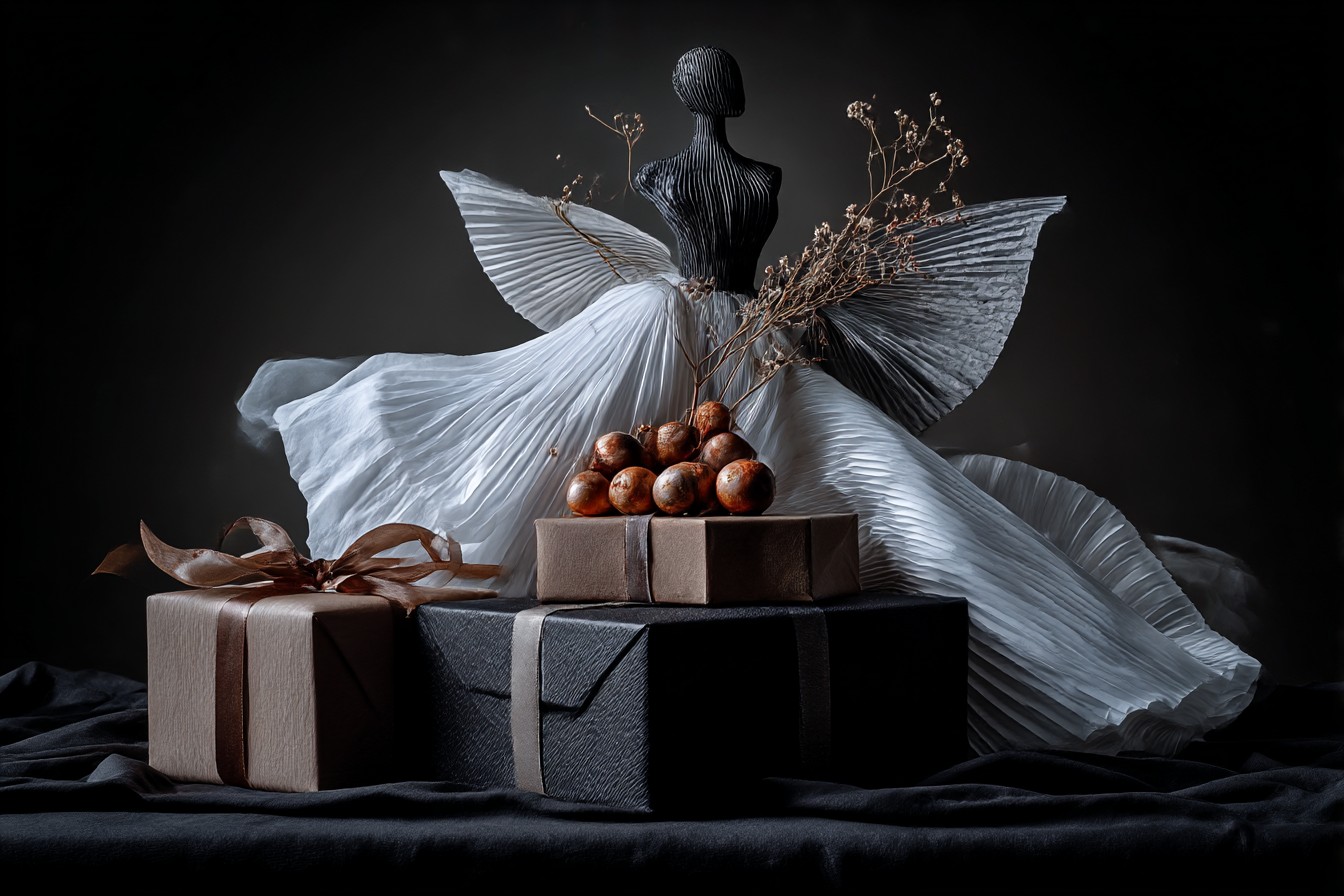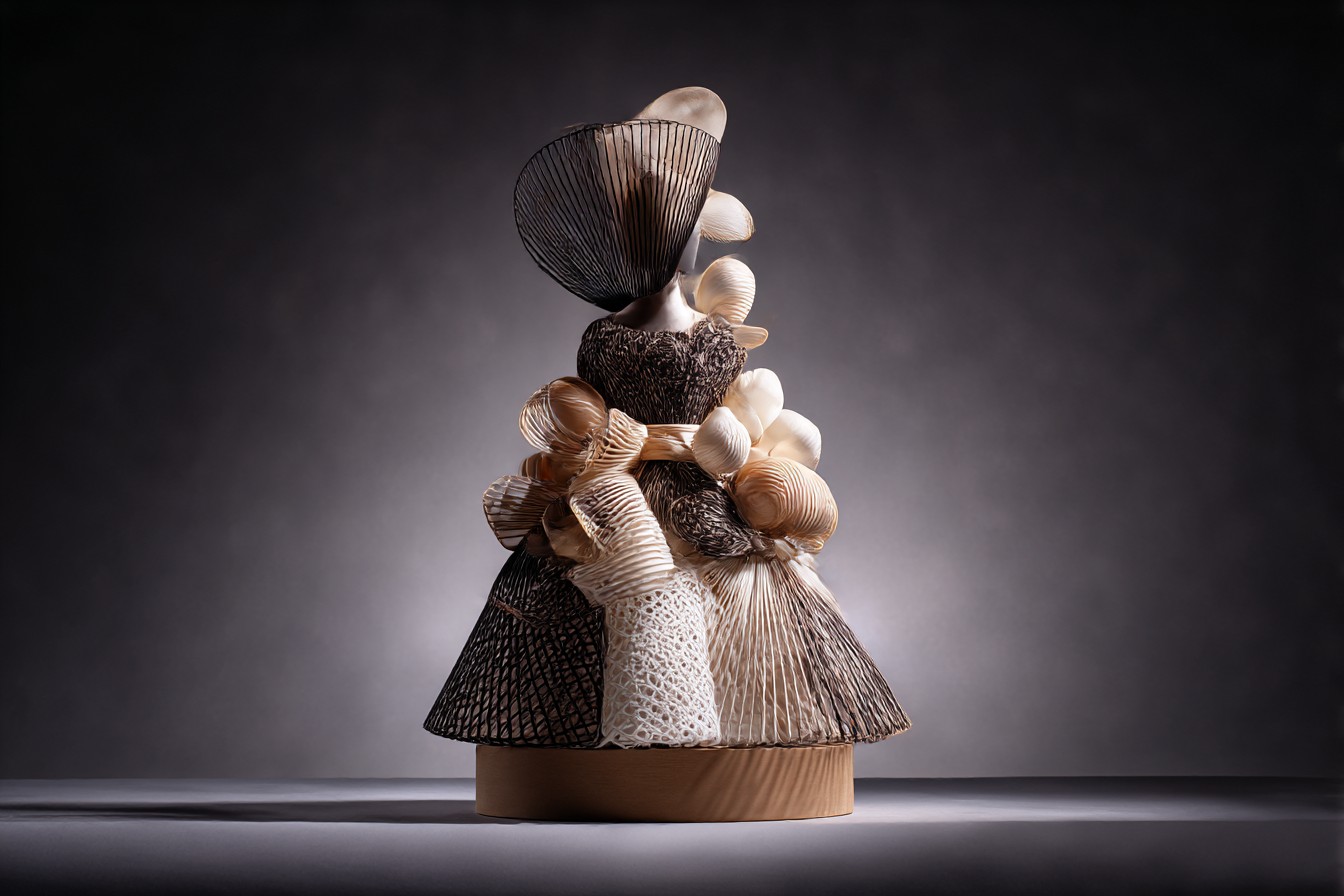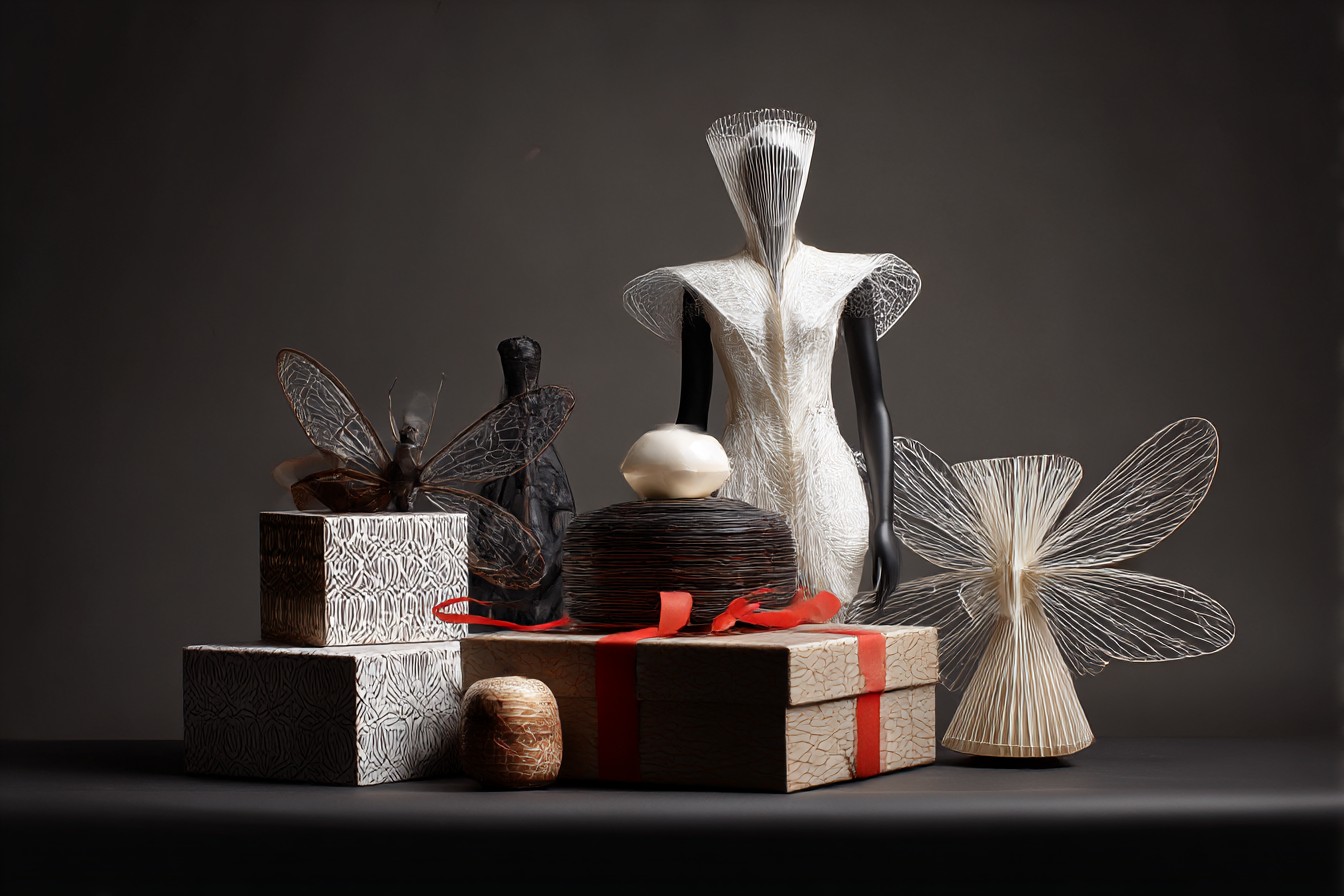I discovered my sweet spot for gift-giving during the Great Christmas Meltdown of 2018. Picture this: me, surrounded by craft supplies at 1 AM, three days before Christmas, hot glue gun in one hand, half-finished homemade ornaments everywhere, tears streaming down my face. I’d bitten off more than I could chew, attempting to make personalized gifts for twenty-seven people. Twenty-seven! What was I thinking?
Jake found me like this, gently pried the glue gun from my hand (narrowly avoiding a third-degree burn), and said something that changed my entire approach to gift-giving: “Liv, you know you don’t have to make everything from scratch to show you care, right?”
I mean, intellectually I knew this. But emotionally? The guilt was real. There’s this weird hierarchy in gift-giving where store-bought gifts somehow feel less meaningful than homemade ones. Like you’ve taken a shortcut. Not put in the “real effort.” But that night, sobbing into a pile of ribbon scraps, I had to admit that Jake had a point.
The next morning, still exhausted but slightly more rational, I made a decision. I bought lovely glass ornaments from a local shop, then personalized each one with hand-lettered names and dates. The result? Gifts that looked beautiful, felt personal, and—crucially—didn’t cause me to have a nervous breakdown. Everyone loved them, and nobody interrogated me about whether I’d blown the glass myself.
That Christmas taught me something fundamental about gifting: there’s this magical middle ground between completely homemade and entirely store-bought. I’ve come to call it “partially homemade” gifting, and honestly? It’s been a game-changer.
Let me explain what I mean. A partially homemade gift combines something pre-made or purchased with personal elements that you add. It’s like starting with a canvas that’s already stretched rather than weaving the canvas fabric yourself. You’re still creating art, just skipping some of the more technical, time-consuming steps.
Take my friend Melissa’s wedding last year. Instead of killing myself trying to make something completely from scratch (remembering the Ornament Incident), I bought a gorgeous leather-bound journal and then spent an evening writing prompts on various pages throughout the book: “Describe your first fight as a married couple and how you resolved it,” “What surprised you most about your first year together?” and so on. The journal was professional quality (way better than anything I could have made), but the prompts were deeply personal, referencing inside jokes and specific aspects of their relationship.
When Melissa opened it, she literally gasped. “This is going to be our marriage time capsule,” she said, already flipping through and laughing at some of the prompts. Her husband (who, let’s be honest, isn’t exactly Mr. Sentimental) even got misty-eyed. SUCCESS.
The beauty of partially homemade gifts is that they let you focus your creative energy where it counts. I’m rubbish at sewing—like, genuinely terrible. My home economics teacher in seventh grade actually suggested I consider other electives after I somehow managed to sew a pillowcase shut on both ends. So when my nephew was born, instead of struggling through making a baby blanket that would probably fall apart after one wash, I bought a beautiful, high-quality one from a small business and then embroidered (badly, but with love) his initials and birthdate in one corner. My sister-in-law got a blanket that was actually functional AND personalized. Everyone won.
This approach plays to what consumer psychologists call “effort visibility”—the degree to which the recipient can perceive the time, thought, and effort that went into a gift. It’s not actually about how many hours you spent making something; it’s about whether the recipient can see and feel your personal investment in the gift.
When I worked at Celebrate Weekly, we did a survey that found something fascinating: gifts that combined store-bought items with personal touches were rated just as meaningful as fully handmade gifts—sometimes even MORE meaningful. Why? Because they combined professional quality with personal significance. The best of both worlds.
You know what else is great about this approach? It’s incredibly flexible. You can dial the “homemade” part up or down depending on your skills, the occasion, and—let’s be real—how much time you have.
For my dad’s 60th birthday, I went all out. I bought a beautiful wooden box (because my woodworking skills are nonexistent), then filled it with 60 memories written on nice cardstock, each one folded and sealed with a tiny wax seal. It took ages, but it was worth it to see him open one each day for 60 days after his birthday.
But when my colleague had a baby and I was on deadline for a major project? I bought a stack of board books and just wrote a personalized inscription in each one. Still thoughtful, still personal, just scaled to what I could reasonably manage without losing my mind.
There’s another aspect to this that I think gets overlooked: stress levels affect how much love actually makes it into a gift. This is completely unscientific, but I swear people can feel the difference between something made with joy versus something made with frantic, deadline-induced panic. When I’m trying to create something 100% from scratch and feeling overwhelmed, that stress seeps into the gift somehow. The partially homemade approach helps me stay in that sweet spot where I’m engaged and enjoying the process, not cursing under my breath at 2 AM.
My friend Dana calls this “gift sustainability”—finding an approach you can maintain without burning out. Because what good is being the most thoughtful gift-giver in the world if you’re too exhausted to actually enjoy giving the gift?
I’ve also found that partially homemade gifts solve another common problem: skill mismatch. We all have different talents. My cousin Rachel can knit like nobody’s business, creating gorgeous, complex patterns that look store-bought. Me? I once tried to knit a scarf that ended up wider at one end than the other—by about eight inches. Nobody could figure out how I’d managed it, least of all me.
The partially homemade approach lets you showcase your actual strengths while outsourcing your weaknesses. Can’t bake to save your life? Buy amazing cookies from a local bakery and create a custom gift box with personalized notes about why each flavor reminds you of a memory with the recipient. Terrible at design? Buy a beautiful photo frame and fill it with a perfectly chosen photo and heartfelt message.
I’ve helped countless friends find their own version of the partially homemade sweet spot. My buddy Kevin, who couldn’t craft his way out of a paper bag but is a fantastic writer, now regularly buys nice journals and fills the first few pages with a personal letter or poem before gifting them. My neighbor Lisa, who has zero time as a single mom but makes incredible playlists, buys small bluetooth speakers and loads them with personalized playlists before giving them as gifts.
The key is finding which parts to make and which parts to buy. This isn’t a fixed formula—it varies tremendously based on:
1. Your actual skills (be honest with yourself)
2. The recipient’s preferences (some people really value certain kinds of handmade elements more than others)
3. The time you realistically have (not the time you wish you had)
4. The parts of gift creation you genuinely enjoy versus the parts that feel like a chore
For me, I’m hopeless with anything requiring precision cutting or measuring, so I never attempt to make boxes, frames, or anything structural. But I’m pretty good with words, so I often write personal messages, stories, or prompts as my “homemade” contribution.
Jake, on the other hand, is incredibly precise and patient with detailed work (he’s an architectural engineer, so no surprise there), but hates coming up with the initial gift concept. So when we give joint gifts, he often handles the execution of my ideas. For his mom’s birthday last year, I came up with the concept of a “garden memories” gift, and he built a small, beautifully crafted cedar plant marker set that I then hand-lettered with the names of plants that had significance to his family.
I think there’s also something uniquely thoughtful about partially homemade gifts because they often require you to really consider which aspects will mean the most to the recipient. It’s like you’re curating the gift experience rather than just making or buying something.
For my friend Miguel’s 40th birthday, I knew I wanted to give him something related to cooking (his passion), but I’m a disaster in the kitchen. Instead of pretending I could make him something culinary, I bought a gorgeous olive wood cutting board, then worked with a local woodburning artist to add a design that included the coordinates of his hometown in Puerto Rico along with his grandmother’s signature recipe for sofrito (which I secretly got from his mom). The cutting board was far nicer than anything I could have made myself, but the personalized elements made it uniquely his.
The reaction? He literally teared up. “How did you get her recipe?” he kept asking, running his fingers over the burned letters. That gift hit the sweet spot perfectly—professional quality where it mattered, deeply personal where it counted most.
I’ve been tracking the “success rate” of partially homemade gifts in my gift journal for years now, and they consistently outperform both purely store-bought and fully homemade options. They’re my go-to approach for gifts that really matter.
If you’re thinking about trying this approach, start by asking yourself a few questions:
What am I actually good at making? (Be brutally honest)
What would be better if professionally made?
What aspects of this gift matter most to the recipient?
Where can my personal touch add the most meaning?
Sometimes the homemade element isn’t even physical—it’s the curation itself. One of the best gifts I ever gave was a “perfect day” box for my mom when she was going through chemo. I filled it with small, purchased items (her favorite tea, super-soft socks, a beautiful hand cream, etc.), but what made it special was the included guide I’d written explaining how each item fit into her perfect restful day, with specific instructions for using them. The items themselves weren’t homemade, but the thought and organization behind them was deeply personal.
Look, I still sometimes go overboard with the fully handmade approach. Some occasions just call for it. And there are certainly times when a thoughtfully chosen store-bought gift is absolutely perfect as-is. But for those special gifts where you want to show extra care without losing your sanity—that’s where partially homemade really shines.
So the next time you’re staring down a gift-giving occasion feeling that familiar pressure to either make something elaborate or just give up and buy a gift card, remember there’s a middle path. Start with something well-made, add your personal touch where it matters most, and give yourself permission to enjoy the process.
After all, the best gifts—partially homemade or otherwise—come with joy attached, not exhaustion. And nobody wants a present that’s been tearfully hot-glued at 1 AM, trust me on that one.





